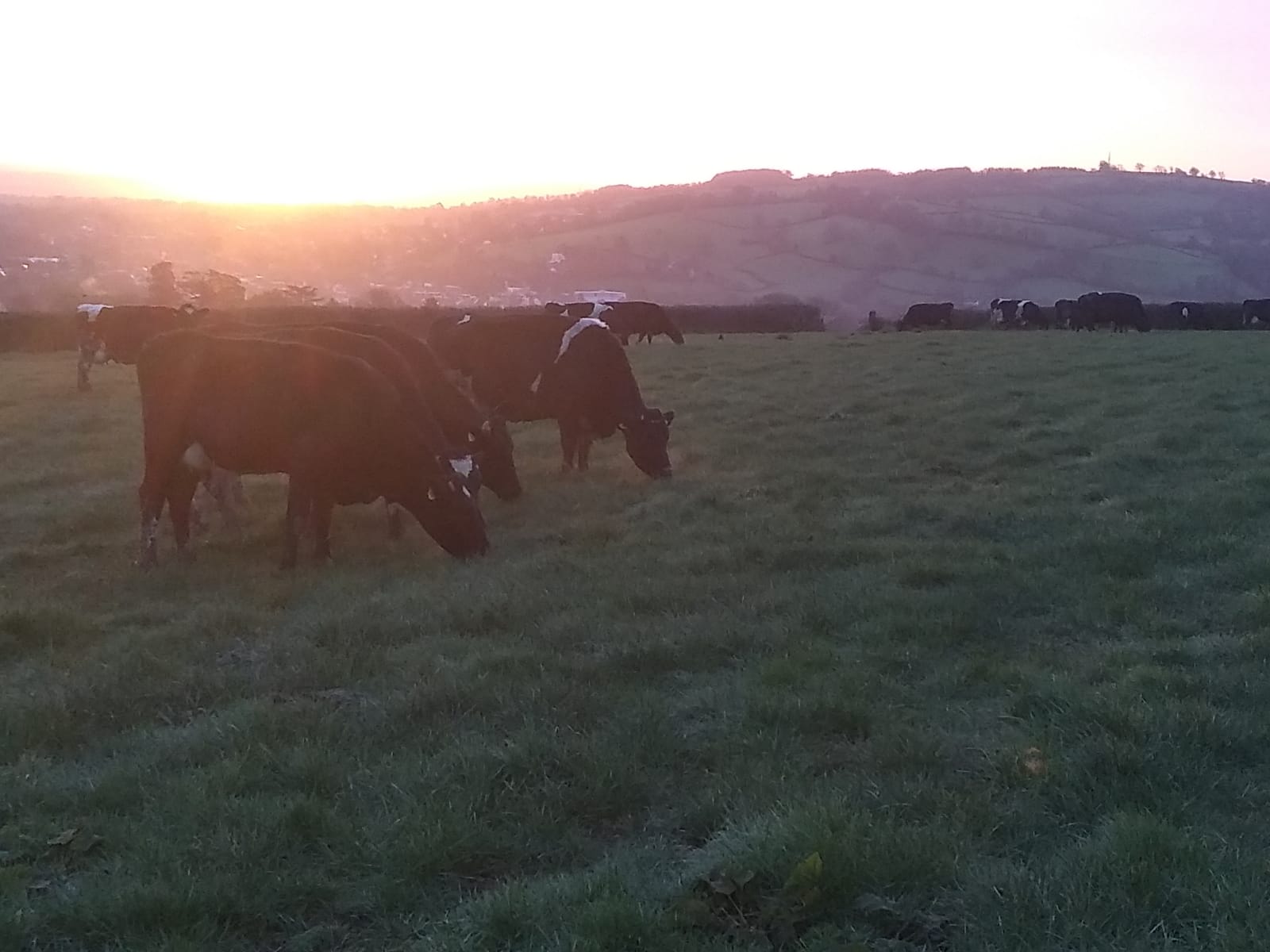Reviewing the 2021 grazing season
Friday, 5 November 2021
As we look back over the 2021 grazing season, the total average grass production across AHDB Forage for Knowledge (FFK) farms was 0.2 t DM/ha below the 2020 average, with FFK farms producing, on average, 12.5 t DM/ha – falling behind the average production for the last five years.
Even after a slow grass growing spring in 2020, the colder than average spring of 2021 meant grass growth was, on average, trending further below previous years yet again. Grass growth through March was, however, moving in the right direction as we shifted towards notable warm spells at the end of March. However, this was followed by April which was the coldest since 1960 and driest since 1980, meaning that until the middle of May, grass growth was noticeably below 2020 grass growth and the five-year average.
As we moved into May, the milder temperatures and plenty of rainfall provided the perfect grass growing conditions across the majority of GB and growth kept climbing up until the first peak, 89.4 kg DM/ha, was reached a month later than expected, in mid-June. Through the summer, it was the season of little peaks and troughs. On average, FFK contributing farms reported good growing and grazing conditions with most areas experiencing a summer of plentiful grass.
Since the start of autumn, average growth across GB has been trending on a steady downward trend, for the majority following on par with previous years. For the last update of 2021, growth is finishing ahead of the long-term average, 23.8 kg DM/ha, and the 23.6 kg DM/ha noted at the same time last year.
Now is the time to sit down and review your figures collected over the last grazing season. There can be a large variation in the performance of paddocks across the farm and the best way to identify which ones are holding back the average production is to analyse all the data collected over the season. If you are using grassland management software, it will generate graphs for this purpose, but you can also produce a similar graph in Excel to help you note which paddocks are performing below the average.
It is worth assessing underperforming fields further to make sure soil nutrients, soil structure and sward composition are all in order, or if the field is a good candidate for a spring reseed. When considering a reseed, it is always worth looking at which fields will give you a greater amount of return in terms of increased t DM/ha.


